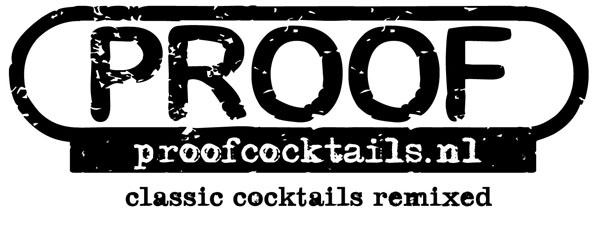
Robert Capa.
Other than cocktails my interests include photography and history and all of those happen to converge in the person of Robert Capa, the godfather of modern photojournalism. Capa’s partial autobiography Slightly Out of Focus is a surprisingly amusing account of his experience of the Second World War in which alcoholic beverages serve as punctuation, starting with a Martini in the opening pages. Famous for always being with the first wave of advancing troops Capa wryly suggested that this was simply to get the first pick of any looted booze. Despite living a life that was beset with horror and tragedy he lived it to the full and with a wicked sense of humour. I can think of no-one more deserving of a cocktail named in their honour.
Capa was a Hungarian Jew who fled Fascism to Paris and then America and as such the cognac and Unicum components of this cocktail represent his journey – although if I’m totally honest I tried various versions and the cognac one was simply the tastiest. Hold up! Uniwha? Ah, sorry, my bad. Unicum is a wonderful Hungarian bitter that sits somewhere between Jägermeister and classic Italian amari such as as Averna or Ramazzotti. It has an almost perfect balance of bitterness and sweetness with hints of coffee and Fernet. It’s made by Zwack, comes it this superbly medicinal bottle flask, has roots back to 1790 and is one of the few bitter liqueurs to get much attention in older cocktail books. I loves it. I also loves that it’s only 14 notes for a 500ml bottle. The careful addition of it to what is otherwise a fairly simple sour creates a sort of genre-busting aromatic/sour hybrid that works very nicely if you are very careful with the sweet/sour/bitter balance. The sweet component can be simply a good home-made pomegranate grenadine but there is a way to take it to the next level if you don’t mind a bit of cookery. Still here? Great. We’re going to make a gastrique:
Gastrique (red wine/pomegranate).
Put in a saucepan 250ml (about one cup) of fine white sugar and add just enough water to make it damp. Heat it on a high heat while stirring until it melts and then starts to caramelise. I find a light golden colour to be optimal in this case but you could let it get darker if you like. Now add 250ml of decent red wine vinegar all at once. Be careful as it will spit and splutter a bit and caramel is very hot. At this point it may look pretty gnarly but don’t worry and just keep heating and stirring until and any chunks are re-incorporated and it looks smooth again. Now is the time to add your chosen flavouring, in this case 60ml/2oz of pomegranate molasses (sourced from any middle-eastern store). Stir in until smooth, let cool and put in a sterile bottle. It should have a thick syrupy consistency and will keep for many weeks in the fridge. Gastriques can also be made with other vinegars and flavourings.
Trust me that it’s worth the extra effort to make some gastrique for your Robert Capa as you get a much greater depth of flavour than using grenadine alone. The man himself never spared any effort to get close enough to take some of the most dramatic photographs of the 20th century. His luck ultimately ran out when he stepped on a landmine in Indochina in 1954.
There were actually a number of successful mid-century photographers with Hungarian roots and we may well be naming some variations of the Robert Capa after them in due course. As Capa himself once replied when asked what it takes to be a great photographer, “It’s not enough to have talent, you also have to be Hungarian.”
Robert Capa.
2oz / 60ml cognac (VS or VSOP, whatever you can liberate).
0.75oz / 22ml fresh lemon juice.
0.5oz / 15ml pomegranate gastrique* (see text)
2 teaspoons / 10ml Zwack Unicum.
Shake with ice and strain into a chilled champagne coupé. Garnish with a large orange twist – an essential flavour component in this drink.
Toast Robert Capa (aka André Freidmann) 1913 – 1954.
*You could get away with using a similar amount of home-made grenadine but you’ll be missing out on a whole extra layer of flavour complexity.


